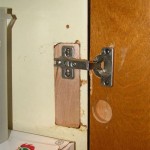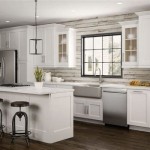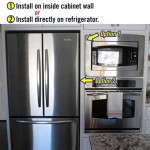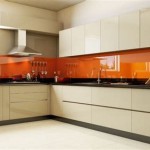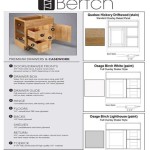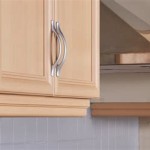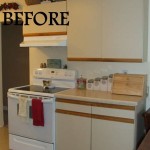What Paint Do You Use On Kitchen Cupboards?
When it comes to painting kitchen cupboards, the type of paint you use is crucial to achieving a durable and visually appealing finish. To make an informed decision about your paint choice, consider the following key factors.
1. Durability
Kitchen cupboards endure regular wear and tear, including spills, grease, and moisture. Choose a paint that is highly durable and resistant to chipping, scratching, and fading. Look for paints labeled as "cabinet-grade" or "kitchen-grade" as they are specifically formulated for this demanding environment.
2. Finish
The finish of the paint will significantly impact the overall appearance of your cabinets. For a classic and timeless look, opt for a satin or semi-gloss finish. These finishes provide a subtle sheen that adds depth and elegance. If you prefer a more modern and sophisticated look, a high-gloss finish will create a reflective and dramatic surface.
3. Water Resistance
Kitchen cupboards are prone to spills and moisture. To prevent water damage, choose a paint that is moisture-resistant and can withstand frequent cleaning. Look for paints that contain moisture-blocking ingredients or are specifically labeled as "water-resistant" or "moisture-proof."
4. Coverage
The coverage of the paint will determine how many coats you need to apply. Choose a paint with excellent coverage that can conceal the original color and imperfections in one or two coats. This will save you time and money in the long run.
5. Color
The color of the paint is a matter of personal preference and should complement your kitchen décor. Consider the overall style of your kitchen, the existing cabinetry, and the available natural light before selecting a color. Neutral colors like white, gray, and beige are timeless and versatile, while bolder colors can add a splash of personality and drama.
6. Sheen Level
The sheen level of the paint will determine how shiny the surface appears. For highly visible areas, such as kitchen doors, a semi-gloss or high-gloss finish will provide a polished and elegant look. For less conspicuous areas, such as cabinet interiors, a flat or matte finish will create a more subtle and understated effect.
7. Brush or Spray
The method of application can also influence the final result. Brushing is a more traditional method that provides greater control over the paint application. However, it can be more time-consuming and may require multiple coats to achieve a smooth finish. Spraying, on the other hand, is faster and can create a more even and professional-looking finish, but requires more preparation and cleanup.
By considering these essential aspects, you can select the best paint for your kitchen cupboards and achieve a durable, visually stunning, and functional finish that will last for years to come.

How To Paint Kitchen Cabinets In 7 Simple Steps

How To Paint Laminate Kitchen Cabinets Perfect Finish Tips

How To Prep And Paint Kitchen Cabinets Lowe S

How To Paint Kitchen Cabinets In 7 Simple Steps

How To Paint Kitchen Cabinets A Step By Guide Confessions Of Serial Do It Yourselfer

Step By How To Paint Your Kitchen Cabinets

How To Paint Kitchen Cupboard Doors The Hub

Home Dzine Kitchen Should I Paint My Cabinets

Interior Designers Share Best Kitchen Cabinet Paint Colours To Update Tired Designs Express Co

How To Paint Your Kitchen Cabinets The Prairie Homestead

